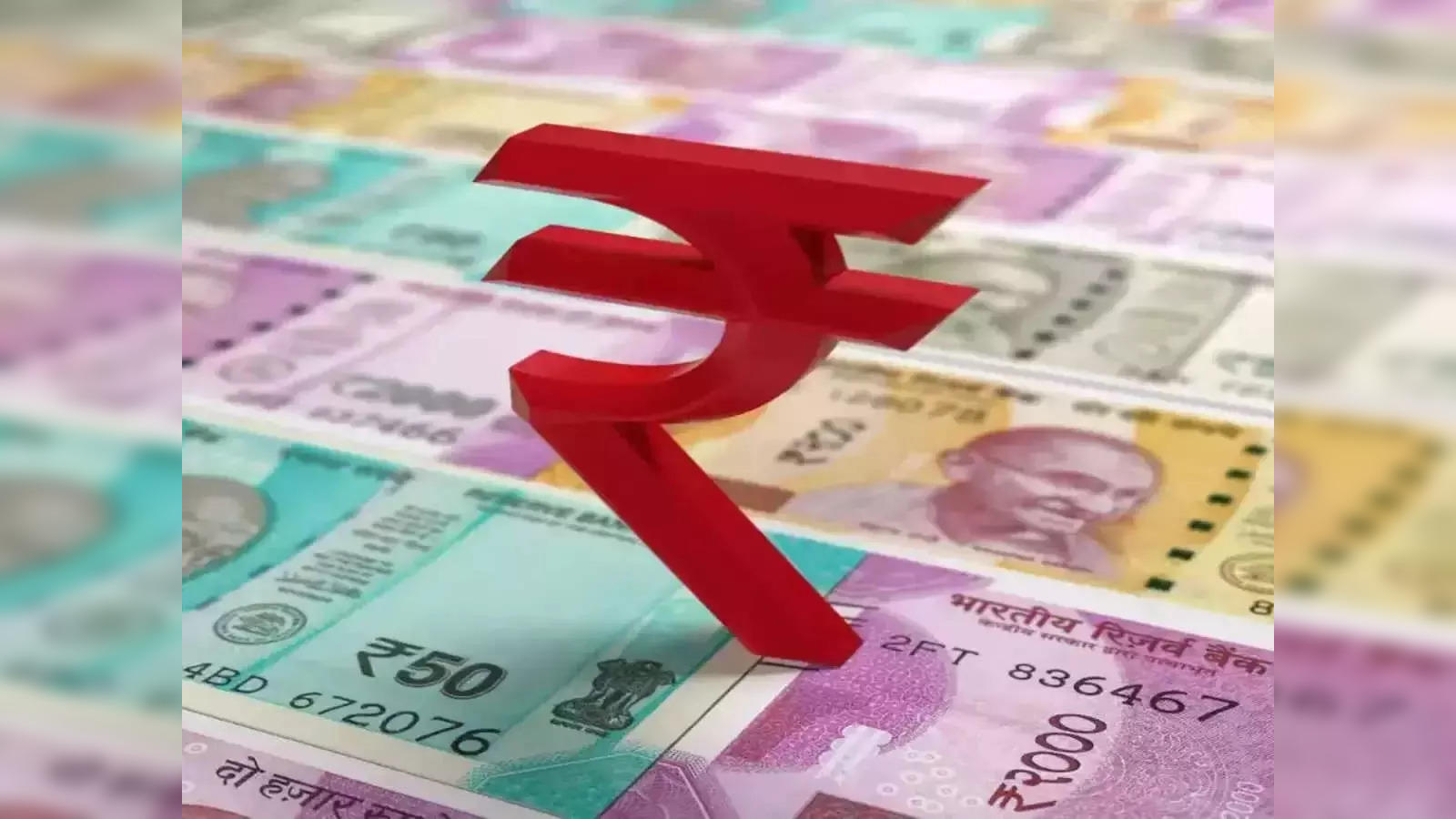The nexus of monetary policy, inflation and economic growth

The relationship between monetary policy, inflation, and economic growth remains a topic of perennial interest and debate. Central to this discussion is the understanding of how inflation, which according to Milton Friedman’s hypothesis is a monetary phenomenon, dictates the ebb and flow of economies worldwide. The principle, encapsulated in the quantitative theory of money, posits a direct link between the money supply and price levels, a relationship as intuitive in its simplicity as it is complex in its global implications.
At the heart of this theory lies the equation MV = PY, where M stands for money supply, V for velocity, P for prices, and Y for real income. The theory suggests that with constant velocity and output, an increase in money supply leads to a proportionate increase in inflation. This foundational economic concept is akin to the basic understanding that increasing a vehicle’s acceleration leads to an increase in speed – straightforward, yet profound in its implications.
The global economy provides a rich tapestry for examining these principles. India, for instance, stands out as a case study in potential versus actual economic growth. Despite being one of the fastest-growing economies globally, India is not achieving its full growth potential. Historical and contemporary analyses suggest that India could sustain growth rates exceeding 8%, far surpassing its current performance. This underachievement is not a reflection of incapacity but rather of unrealised potential, pointing to a need for recalibrated economic strategies.